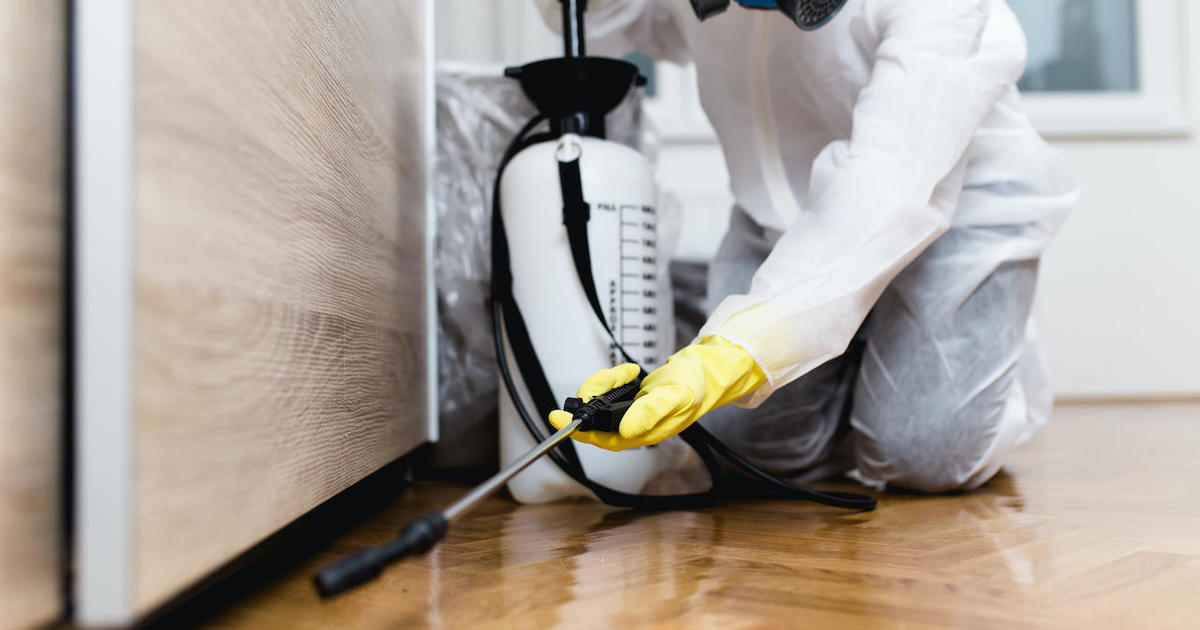Pest control is a crucial aspect of maintaining a neat and comfortable living area. It can be a challenge to deal with pest issues, regardless of whether they’re in your kitchen, garden or your bedroom. With the right understanding and approach, you can combat pests using DIY strategies. In this article, we will look at various strategies, tips and tricks to assist you in unleashing the potential of DIY pest control and create a blissful pest-free home.
Beginning a journey of DIY pest control requires a change in attitude from reactive to proactive. It is much better to take preventive measures than waiting for the pests to infest. Make sure to regularly check your home for entry points, foods and moisture sources that attract pests. You can reduce the likelihood of getting a pest infestation by identifying these factors and acting quickly.

Implementing eco-friendly pest control techniques does not just protect your family and pets but also supports the environment. To repel and deter pests, make use of natural options, such as vinegar sprays and essential oil sprays diatomaceous soil. These methods are effective and are much safer than harsh chemical treatments.
The process of creating a pest-free environment around your home starts with a strategic landscaping. Planting fragrant plants such as rosemary, mint and basil will naturally repel insects. Remove bushes and trees from the home to prevent possible pathways for pests. Repair leaky pipes, wash your gutters regularly and seal any cracks or crevices. This will reduce the sources of moisture.
While environmentally friendly approaches are the most effective alternative, pesticides can also be employed in certain circumstances. It is essential to follow the guidelines when employing pesticides as a DIY method for controlling pests. Select pesticides that are specifically designed for the pest you’re trying to eradicate and apply them only in the area that is affected. Avoid excessive use of pesticides since it could lead to resistance to pesticides and cause harm to organisms that are not intended targets.
An in-depth inspection is the first step towards effective pest control. Always check your home for signs of pests both inside and outside for evidence of infestations. You can identify pests by observing the presence of droppings or marks of gnawing on your pet. Early detection allows for you to intervene before the problem gets any worse.
The creation of a comprehensive pest control plan involves a multi-faceted approach. Combining different techniques, like traps and physical barriers, as well as natural repellents as well as habitat modification is the most efficient way to create a comprehensive pest management strategy. For example, you can use screens made of mesh on windows, place baited traps near high-activity areas and clear standing water in order to deter mosquito breeding. For more information, click do it yourself pest control
Buying Pesticides Wisely: Factors to Take into Account
Make educated choices when purchasing pesticides. Select a pesticide based on your research and on the particular pest that you are dealing with. Select products with a low toxicity and those that will have minimal effect on beneficial insects or animals. Always adhere to safety rules and, if you’re unsure seek advice from a professional.
DIY Pest Control – Tips and Techniques
Get familiar with the common habits and behaviors of pests to demystify DIY strategies for pest control. Different pests require different strategies, so learn about their habits of life, their feeding patterns and weaknesses. This information can help you create strategies that are tailored specifically to your pests and are more likely to be successful.
Follow this step-bystep guide to a DIY Pest Control Method that is effective
Control pests effectively by following a step-by-step process. Start with an inspection, then proceed to identification. Implement preventive measures and, if needed, target treatments. Regularly checking will ensure that the efforts you make are working for a long period of time.
Empowering Bliss: The Benefits of DIY Pest Control
You’ll not only feel satisfaction when you take care of pests by yourself It will also save you money. When you take control of your home, you can create a healthier, happier environment for yourself and your family members. This can go beyond pest control, empowering you to take on other DIY projects with confidence.
The article’s conclusion is:
DIY pest management is a learning process where you’ll learn, adapt to change your tactics. You can travel the globe in peace by implementing green methods and understanding the importance of appropriate use of pesticides. Keep in mind that effective pest management is not just about eliminating pests; it’s about creating a harmonious living space in which you and your loved ones can thrive without the interference of unwanted visitors. Let the magic of DIY pest control and embrace an uninhibited home.